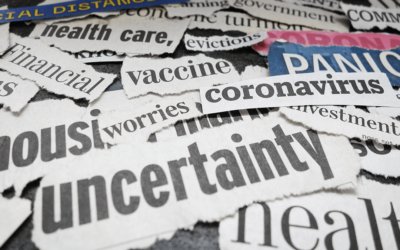So it looks like we’re getting close to an announcement of a ‘bad bank’ here in the UK, with signs that this move has been co-ordinated with the new US adminstration.
According to the Telegraph:
The bad bank plan has climbed the political agenda in the past couple of weeks as the Government has become aware of the extent of the lenders’ bad debts.
Sources said that a bad bank would have to take on about £200?billion of toxic assets. That would take the Government’s total commitment to solving the banking crisis to almost £1?trillion in taxpayers’ money that has either been spent or pledged.
Valuation remains controversial, with banks scrabbling to extract as much as they possibly can from the taxpayer. One option (following the Swedes again) is to use an independent board to have a go at guessing what all the crap is worth.
Willem Buiter has a simpler suggestion – privatise the whole sector, with the government then making whatever valuation it likes as it transfers toxic assets into a new vehicle. Buiter, who thinks that even HSBC is now toast, points out that the current half-way house (partial state ownership) may be the worst of all worlds:
Ironically, by partially nationalising some of the banks, by making this injection of public capital expensive financially and as regards other conditionality, and by holding the threat of possible future (partial) nationalisation over the remaining banks, the authorities created an incentive structure that is biased strongly against bank lending, and against bank risk taking generally. The best escape from this unfortunate halfway house is to go to temporary full public ownership of all the banks. It would be cheap. It should not cost more than £50bn for the state to buy the rest of the UK high street banks. It could wait a while and get them even cheaper – possibly for nothing. But time is more precious than money in this case.




